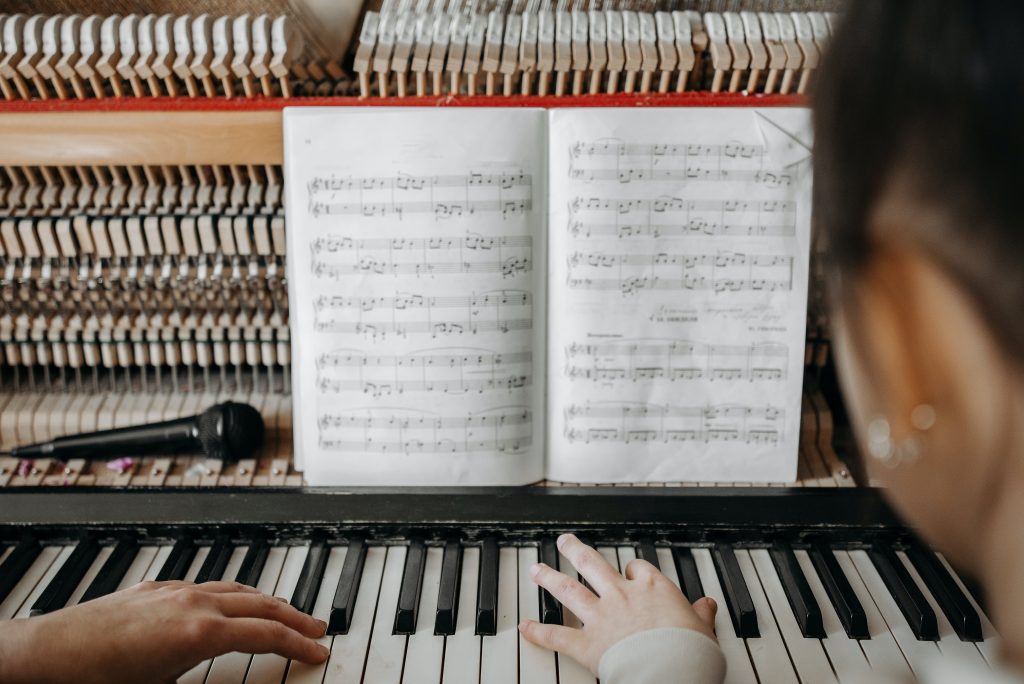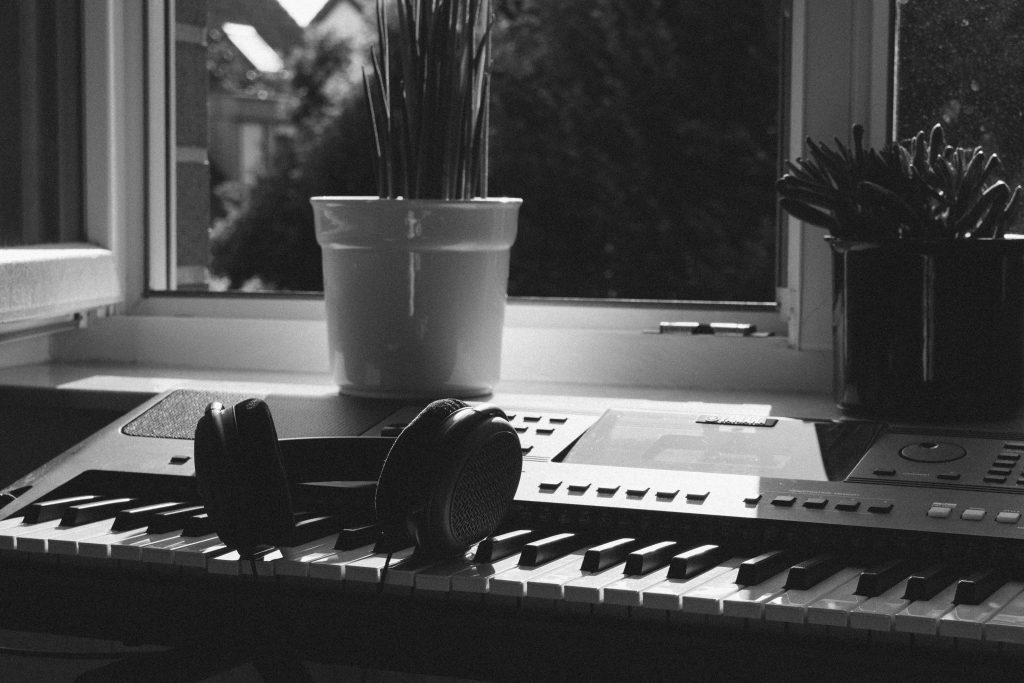
It’s a contentious and difficult practice in the music industry to use audio samples, or “sampling.” For artists, the appeal is repurposing and fusing sounds from earlier pieces to produce something new and inventive. This innovation does not, however, come without legal ramifications. Artists must combine their creative impulses with their respect for the intellectual property rights of others.
- Creativity vs. Intellectual Property Rights
- Legal Challenges
- Securing Permissions
- Balancing Creativity and Law
- Court Cases and Legal Developments
Samples done creatively have the power to reinvent existing musical genres and create entirely new ones. However, the legal rights attached to the original material should be a concern for artists. Copyright rules give authors the power to restrict how their works, including musical samples, are utilized while also protecting intellectual property.
Determining when the use of a sample is “fair” and exempt from licensing requirements is one of the major issues. Certain situations allow artists to depend on fair use, a legal notion that permits restricted usage without permission—especially when used for research, teaching, satire, or criticism. Nonetheless, using samples in commercial musical compositions is rarely covered by fair usage.
Getting the required authorization from the original works’ copyright owners is the safest course of action for artists. Licensing is required for this procedure from the sound recording rights owners as well as the composers. However, this can be an expensive and complicated procedure, particularly if the sample includes various works or rights that belong to different people.
To achieve a balance between creativity and legal compliance, artists can adopt several strategies:
Creative Modification: using samples in a way that lowers the possibility of copyright infringement by making them sufficiently novel and unique to be regarded as original.
Seeking Royalty-Free Samples: There are music libraries and archives offering samples that can be freely used without worrying about licensing.
Transparency with Rights Holders: Clear and transparent communication with rights holders can facilitate the negotiation process and obtain necessary approvals.
Using Legal Channels: Dealing with companies and agencies that specialize in music licensing can simplify the process and ensure compliance with laws.
Innovation in Production: Developing new musical production techniques that enable the creation of unique sounds without needing to sample others’ works.
Numerous high-profile cases over the years have influenced the way that music sampling concerns are handled. Legal cases such as “Bridgeport Music, Inc. v. Dimension Films” have established that a license is necessary for any usage of a musical sample, regardless of its size. Artists are urged by these cases to exercise caution and adhere to national and international legal requirements.


